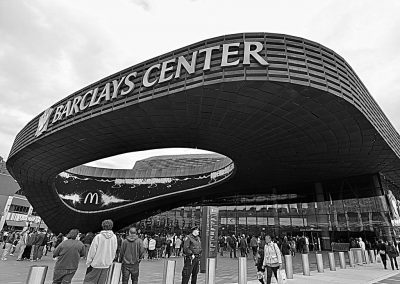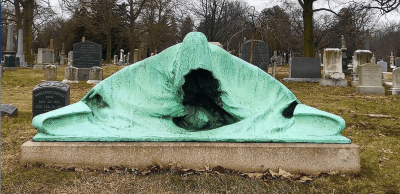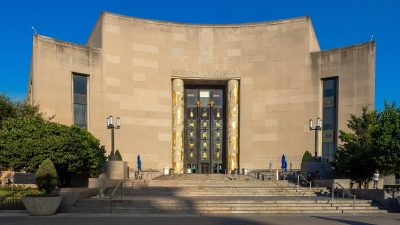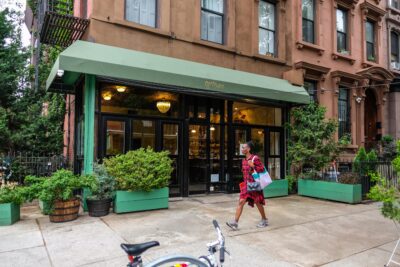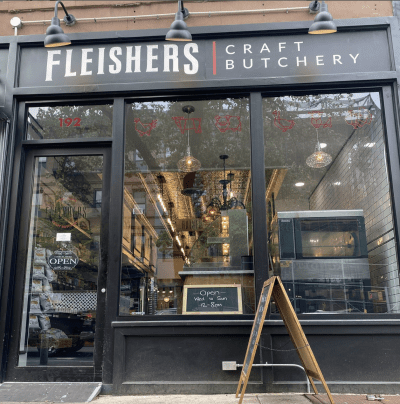Shaw Bernard (Courtesy Shaw Bernard)
‘Black-owned and female-driven’: Inside the modeling agency Strut
How Shaw Bernard’s Dumbo-based agency is advocating for BIPOC models — leveling the playing field
Modeling is a New York dream for many, but for Shaw Bernard, model and founder of boutique modeling agency Strut Models, it was serendipity that landed her in front of the camera and on the runway.
But after years of working among photographers, designers, casting agents and directors, she realized that she had more to give to the modeling industry — she didn’t just want to be a part of it, she wanted to help redefine it from the inside out.
Bernard was born in Trinidad and Tobago and moved to Brooklyn when she was 14 for an exciting change of scenery. Years later, she signed her first modeling deal and fell in love with some of the icons that paved the way before her. But she couldn’t help but notice the lack of diversity and representation — no matter how “iconic” the job seemed, it didn’t feel like a community where Bernard and others like her were welcome. Instead of bending to fit others’ mold, Bernard decided to create her own.
She founded Strut Models in 2013, and since then she has signed over 100 models, working with clients from Marni to Condé Nast.
Bernard joins us today to discuss a decade into the work she’s done to level the playing field from the inside out. Excerpts:
Tell us about your experiences when you first started out modeling. What was the landscape like back then? How did you begin to navigate it as an early-career model?
When I first started modeling, I had no idea how the industry worked. I spent a lot of time doing shoots and working with local designers, thinking that was the way to get to the top. I had an opportunity to go to a well-known modeling school, but I had to turn it down because I couldn’t afford it. It wasn’t until the ripe old age of 22 that I signed my first modeling contract with a boutique modeling agency in New York.
What inspired you to become a model — maybe it was a favorite model of yours that you looked up to?
I honestly had no thoughts of becoming a model. This was not something that I aspired to or tried to be. At the time, I wasn’t even a fashion enthusiast. Truthfully, I wanted to be a lawyer. When I moved to the U.S., people repeatedly asked and approached me about modeling. My first reaction was, “No way!” but the more that was mentioned, the more it chipped away at my inhibitions. As I became more knowledgeable, I fell in love with Naomi [Campbell], Tyra Banks and Coco Rocha.
Did you face any discrimination when you first set out in this industry?
When I started modeling, I immediately noticed that there was a disparity in the number of Black models. I began in the era when clients were blatantly stating that they did not want to see Black models and agencies barely had a handful of Black or brown models on their boards. In 2013, when I started Strut, it was because I saw no modeling companies or agencies that were Black-owned or even catered to models of color. I had heard several horror stories about how models of color were treated from hair discrimination to not having the right makeup shades suitable for darker skin tones. I personally experienced discrimination when going to castings and hearing on the regular, “We already have a Black model.” It was an awful feeling that lives with me to this day.
How do you actually champion other BIPOC models on the scene?
One of the first things I do after signing a model is schedule a “career chat” with them. During that time, I get to learn more about them, their life goals and aspirations. I also use it as a time to explain how the modeling industry works so that they set realistic goals and expectations. We confront tough topics around everything from mental health and wellness to personal hygiene. This is an industry that is based on physical appearance so we have to address those things head on. It is also an industry based on more rejections than not, so it is important to have those conversations about how to successfully process and accept rejection. Moreover, I have strived to create an environment at Strut where the models feel seen, heard and valued. When they walk into the agency, they know that they are coming into a safe space where we care about and advocate for them.
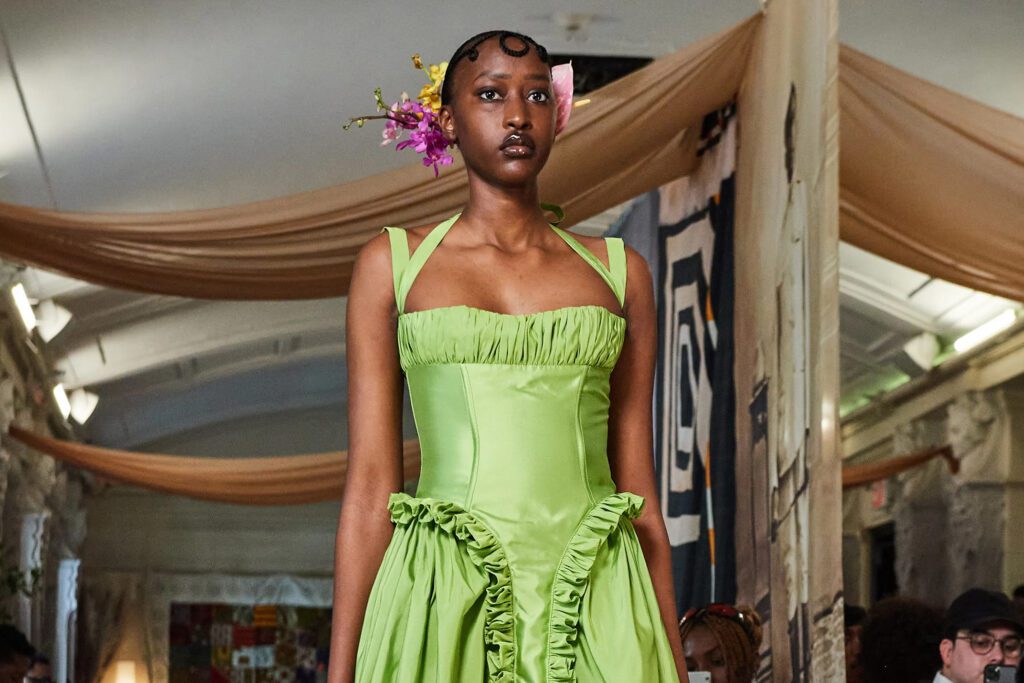
Melody, a Strut model (courtesy Shaw Bernard)
What are some current trends within the modeling space that you are excited about?
I am excited about the surge of diversity in ethnicities and sizing. It is thrilling to be in this position now and see the specific requests for BIPOC and larger sizing.
Why did you choose to start this agency out of Dumbo? How does the New York modeling scene differ from LA’s?
Dumbo is the perfect location for Strut. The neighborhood was thought to be off the beaten path and, now it’s all the rage. It’s a bustling and thriving ecosystem, and I just love the energy. I looked in other neighborhoods, but none compared to Dumbo’s chicness. It was important to be in Brooklyn because this is where I grew up and let’s face it — Brooklyn’s hip. This is where I started modeling and learning about the industry. I also felt like Manhattan was saturated. There isn’t a need for another modeling agency there. We have grown exponentially in the last two-and-a-half years since becoming full-service. Before that, we were a mother agency with a primary focus on scouting, development and placement. People were not fully ready to embrace what we were doing, but we hung in there, kept pushing boundaries, and now they are paying attention.
What is your advice to young people who want to get into modeling?
Always do your homework. Especially for those who are dreaming big. Some models get into the industry by chance, but for many, this is a life-long dream. Young people need to understand that it is a billion-dollar industry, and, like any job, they need to possess the skill sets required to fulfill the job duties. Additionally, you need to have patience. There is no overnight success regardless of what may be portrayed on social media.
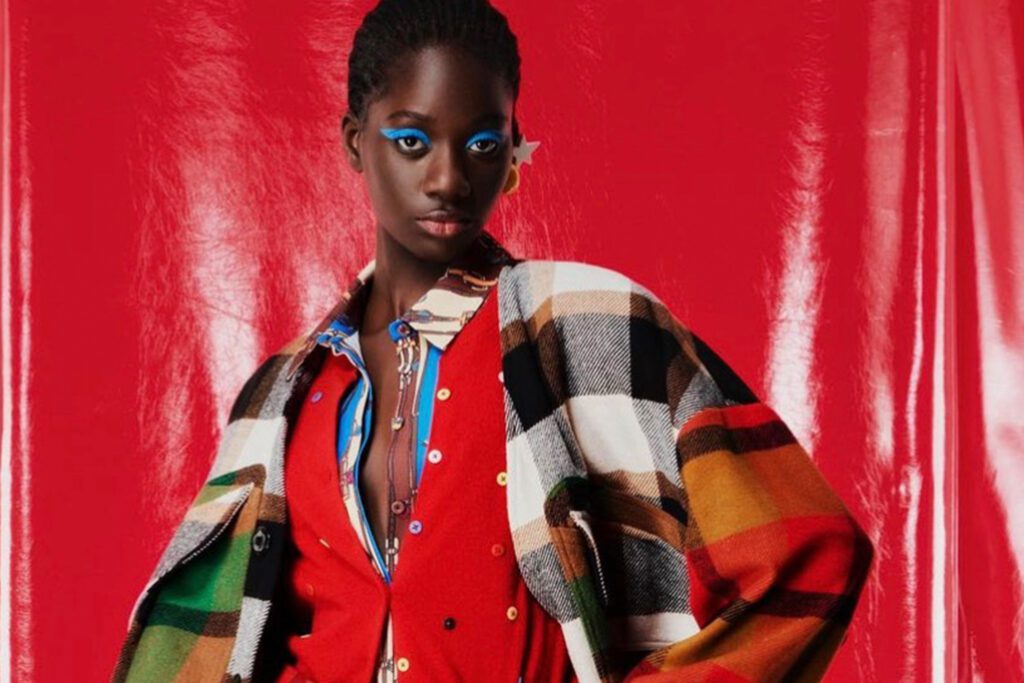

Khoudia, a Strut model (courtesy Shaw Bernard)
What is the legacy you’d like Strut to leave in the modeling industry?
I would like to leave a legacy of Black, female excellence. Strut’s tagline is “Black-owned and female-driven.” I want us to pave the way and leave a stamp for other Black and female owners to have the opportunity to come into the industry and take up space. For me, it’s about ushering in the next generation of models, but I also have a keen focus on building the next generation of bookers and agents. I say that Strut is bigger than me. It’s a beacon of hope. It’s a bright ray of inspiration. The goal of Strut is to have a lasting impact on the modeling industry. We are intentional about changing the scope of how models are treated at agencies. With a focus on diversity, equity and inclusivity, Strut’s mission is to be a champion for BIPOC models. I am well aware of other Black women who have owned agencies in NY, and I am honored to pick up the baton and push the movement forward.
What is your average day like in Brooklyn when you aren’t working?
When I am not working, I am either spending time with my son or my friends. It usually always involves fabulous food. I am quite the foodie, and I enjoy trying new restaurants and new chefs. Food is a wonderful way to bond with people I love.
You might also like 

















